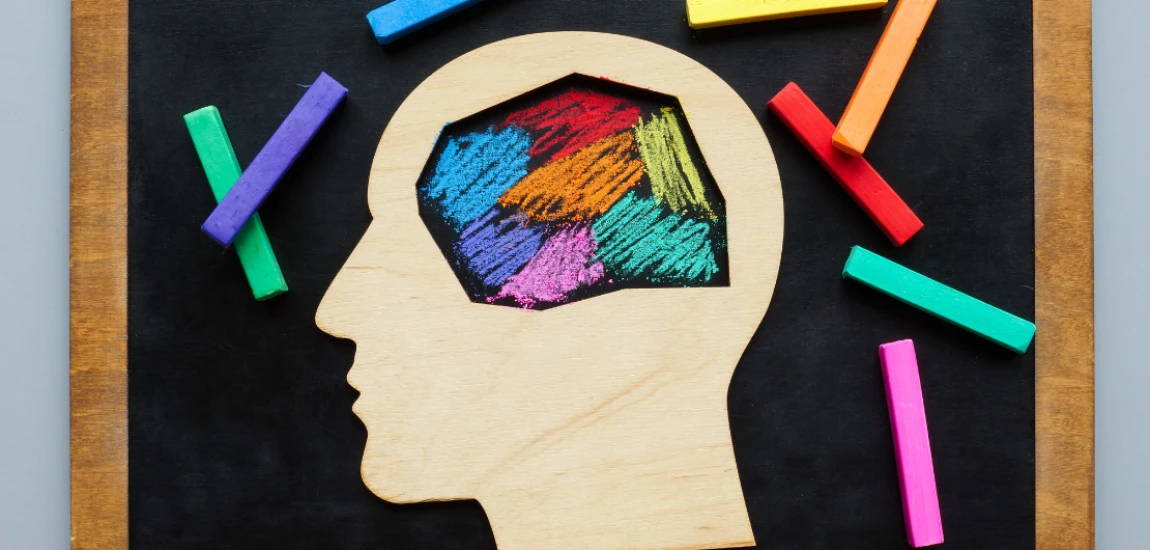Neurodivergent Aesthetics: When TikTok Becomes a Mirror

TikTok isn’t just a platform for dance trends or quick viral skits—it has also become a profound cultural space where identity, expression, and community intersect. One of the most fascinating phenomena to emerge from this digital ecosystem is the rise of neurodivergent aesthetics on TikTok. For many, the app has evolved into a mirror: reflecting lived experiences, reframing societal narratives, and redefining how neurodivergence is perceived. Whether through stimming compilations, ADHD “aesthetic rooms,” or autism-friendly digital content, TikTok has created a visual and emotional language that resonates with millions.
This blog explores how neurodivergent aesthetics manifest online, why TikTok https://www.tiktok.com/en/is uniquely suited to amplifying them, and how they’re shaping conversations around mental health, inclusivity, and creativity. By diving into the layers of community, design, and culture, we’ll uncover why TikTok feels like both a mirror and a megaphone for neurodivergent experiences.
What Are Neurodivergent Aesthetics?

Defining Neurodivergent Expression
Neurodivergent aesthetics are not just about “visual vibes” but about how neurodiverse individuals—those with ADHD, autism, dyslexia, OCD, Tourette’s, and more—express themselves in ways that align with their sensory, cognitive, and emotional experiences. These aesthetics often incorporate elements like bold colors, cluttered or hyper-organized spaces, visual stim patterns, kinetic text, and loops that reflect how neurodivergent minds process the world.
The Difference Between Style and Survival
Unlike mainstream aesthetics that are trend-driven (like cottagecore or clean girl), neurodivergent aesthetics often serve a dual purpose: they can be both creative choices and coping mechanisms. For example, someone might create a desk setup overloaded with sensory toys not just for decoration but for regulation. A video that seems like a “room tour” might, in reality, reveal the tools someone needs to navigate daily life.
From Marginalization to Visibility
For years, neurodivergence has been stigmatized, often reduced to medicalized labels. But TikTok reframes the conversation by letting people claim ownership of their identity through aesthetics. What once may have been pathologized as “messy” or “too much” now becomes reinterpreted as a style—something relatable, beautiful, and worthy of recognition.
Why TikTok Amplifies Neurodivergent Aesthetics

The Algorithm as a Mirror
TikTok’s algorithm thrives on niche content, making it uniquely suited for neurodivergent expression. Unlike Instagram, which favors polished perfection, TikTok rewards authenticity and specificity. A video about ADHD-friendly note-taking or sensory-safe clothing might find an audience of thousands overnight, simply because the algorithm recognizes micro-communities hungry for that content.
Short-Form Storytelling for Neurodivergent Minds
TikTok’s short, looping format mirrors the fragmented yet hyper-focused attention spans that many neurodivergent individuals experience. Videos often reflect real cognitive patterns: quick info-dumps, repetitive sequences, or jump cuts that feel natural to someone with ADHD or autism. Instead of being a barrier, the platform’s brevity aligns with neurodivergent communication styles.
Building Micro-Communities
Beyond aesthetics, TikTok fosters community. Hashtags like #NeurodivergentTok, #ADHDLife, or #AutismAcceptance connect creators and audiences globally. Within these communities, aesthetics serve as visual shorthand: the use of rainbow stim toys, sensory-friendly lighting, or caption-heavy formats immediately signal relatability. In this sense, TikTok doesn’t just reflect identity—it reinforces it by creating spaces of belonging.
The Visual Language of Neurodivergence

Stimming as Art
Stimming—self-stimulatory behavior like tapping, spinning, or repeating sounds—has historically been medicalized. On TikTok, however, stimming videos become art. High-definition slow-motion captures of fidget spinners, slime, or glitter jars turn regulation into aesthetic pleasure. These videos appeal not just to neurodivergent audiences but to anyone drawn to ASMR-style sensory satisfaction.
Color, Chaos, and Control
Neurodivergent aesthetics often embrace a duality: vibrant chaos and hyper-organization. ADHD room tours might feature walls plastered with sticky notes in every color, while autism-friendly spaces showcase muted tones and carefully curated textures to reduce overstimulation. Both approaches reveal how environments function as extensions of the mind.
Typography and Captions
Captions are central to neurodivergent aesthetics on TikTok. Large, bold, moving text ensures accessibility for those who process information differently. Fast-paced kinetic typography mirrors racing thoughts, while slower captions provide clarity. Text isn’t just informative—it’s part of the aesthetic itself, shaping the rhythm and accessibility of videos.
The Cultural Impact of Neurodivergent Aesthetics

Challenging Neurotypical Norms
TikTok’s celebration of neurodivergent aesthetics disrupts cultural norms of productivity, neatness, and “normal” behavior. What was once seen as disorganized or unprofessional is reframed as innovative, authentic, and creative. This shift challenges neurotypical frameworks, allowing neurodivergent individuals to exist on their own terms.
From Online to Offline Design
The influence of neurodivergent aesthetics isn’t confined to TikTok. We see it spilling into fashion, interior design, and branding. Clothing brands experiment with sensory-friendly fabrics, while workspace design increasingly considers neurodiverse needs—think noise-canceling booths, stim-friendly corners, and customizable lighting. TikTok provides the cultural blueprint that industries now adopt.
Expanding Representation in Media
Traditional media has historically underrepresented or misrepresented neurodivergence. By contrast, TikTok gives people control over their own narratives. The aesthetics of neurodivergence become part of representation—showing that autism, ADHD, or dyslexia are not just conditions but cultures. This democratized visibility redefines inclusivity in ways mainstream platforms have struggled to achieve.
How to Engage with Neurodivergent Aesthetics Respectfully

Listen Before You Replicate
For neurotypical audiences, engaging with neurodivergent aesthetics requires respect. It’s tempting to copy trends like stim toy collections or ADHD-friendly bullet journals for “vibes,” but context matters. These aesthetics are not just decorative; they’re rooted in lived experiences. Listening to creators’ stories is essential before borrowing their styles.
Support Neurodivergent Creators
One of the simplest ways to engage is to amplify voices. Following, sharing, and supporting neurodivergent creators ensures that their stories and aesthetics aren’t co-opted without recognition. Engagement turns aesthetics into advocacy, bridging gaps between awareness and action.
Advocate for Accessibility
Engagement should extend beyond TikTok. Employers, educators, and policymakers can learn from these aesthetics to create more inclusive spaces offline. That might mean offering captioned content in classrooms, designing neurodivergent-friendly workspaces, or simply validating the sensory needs of colleagues and students.




